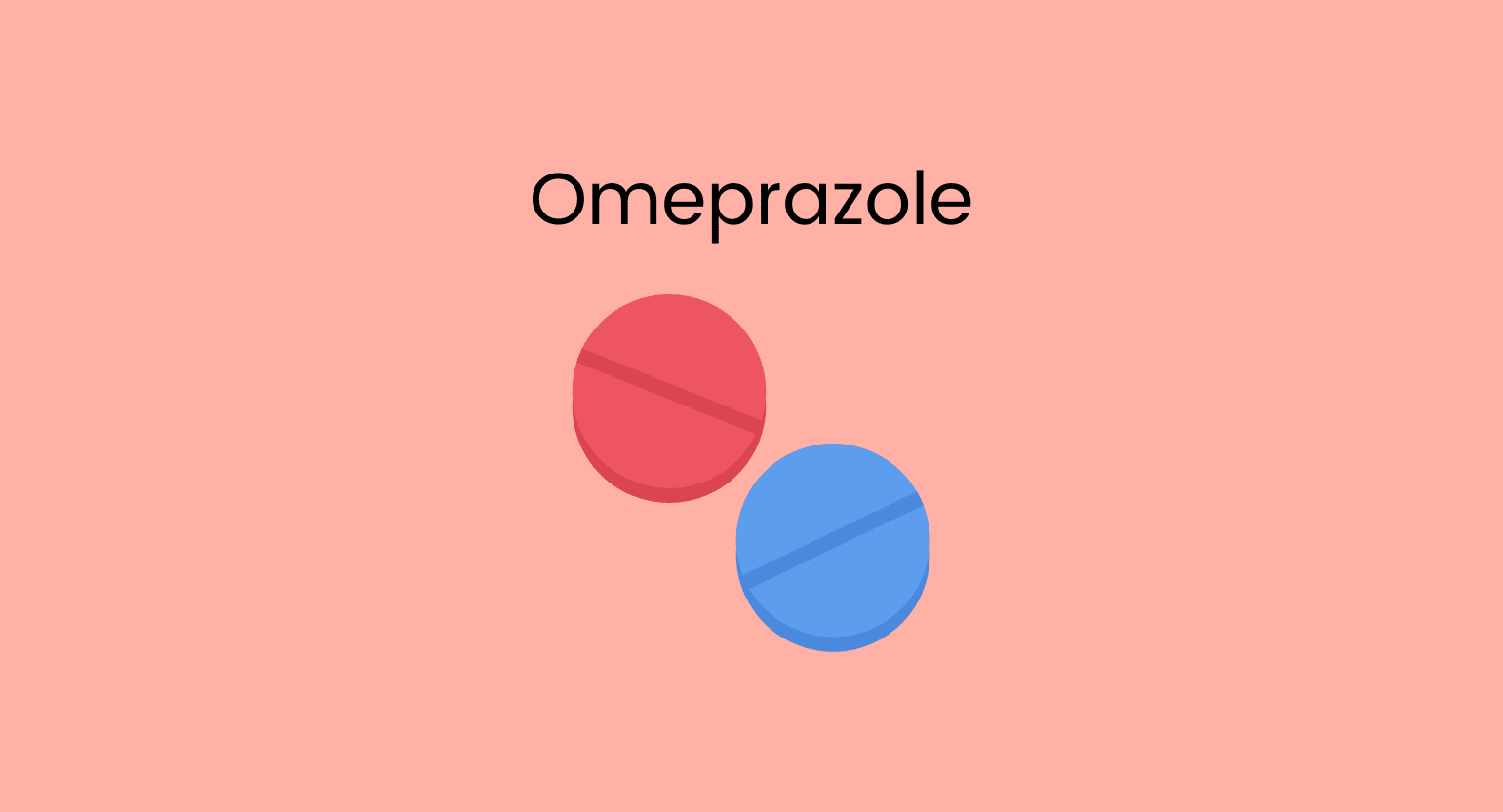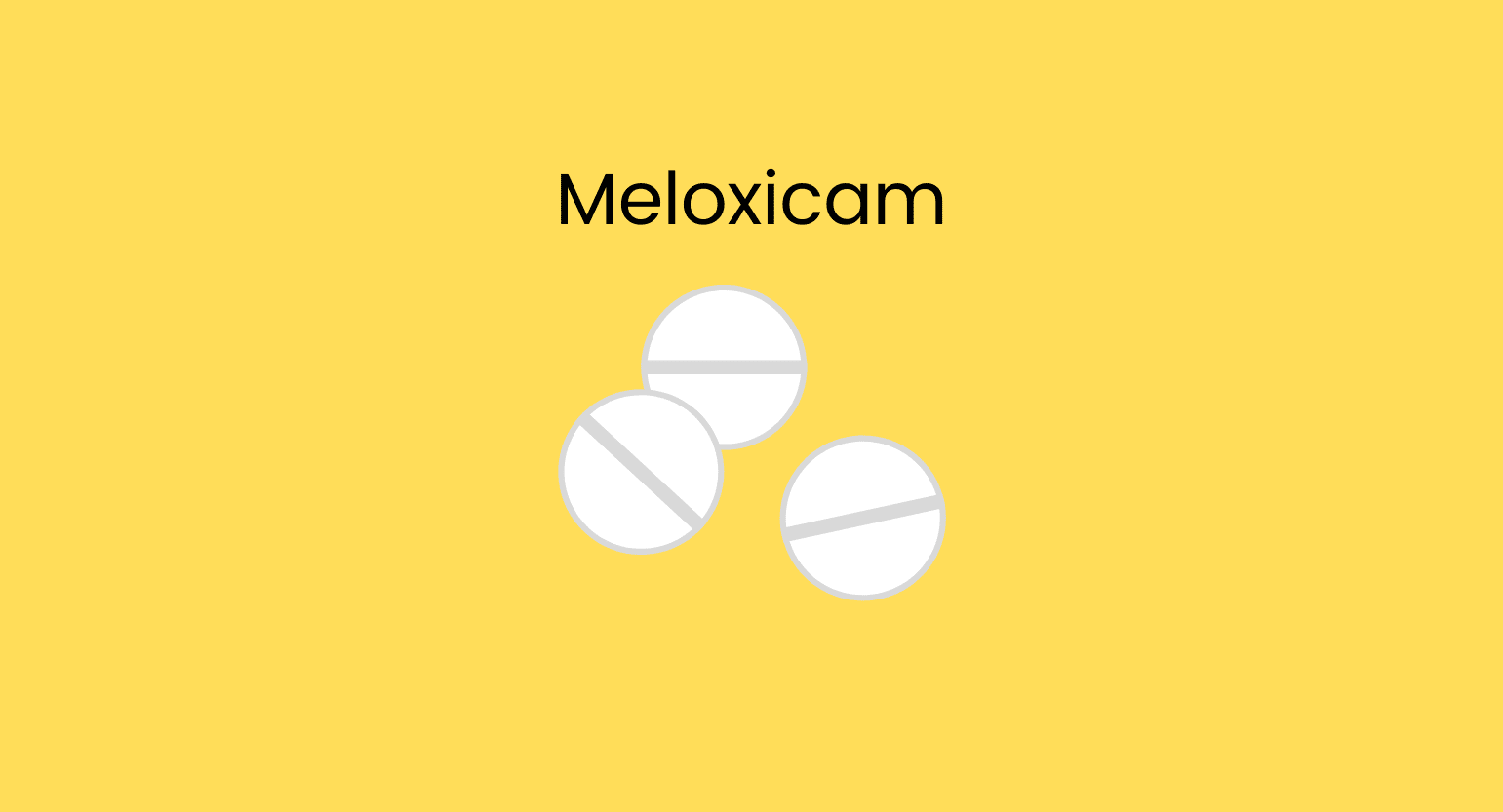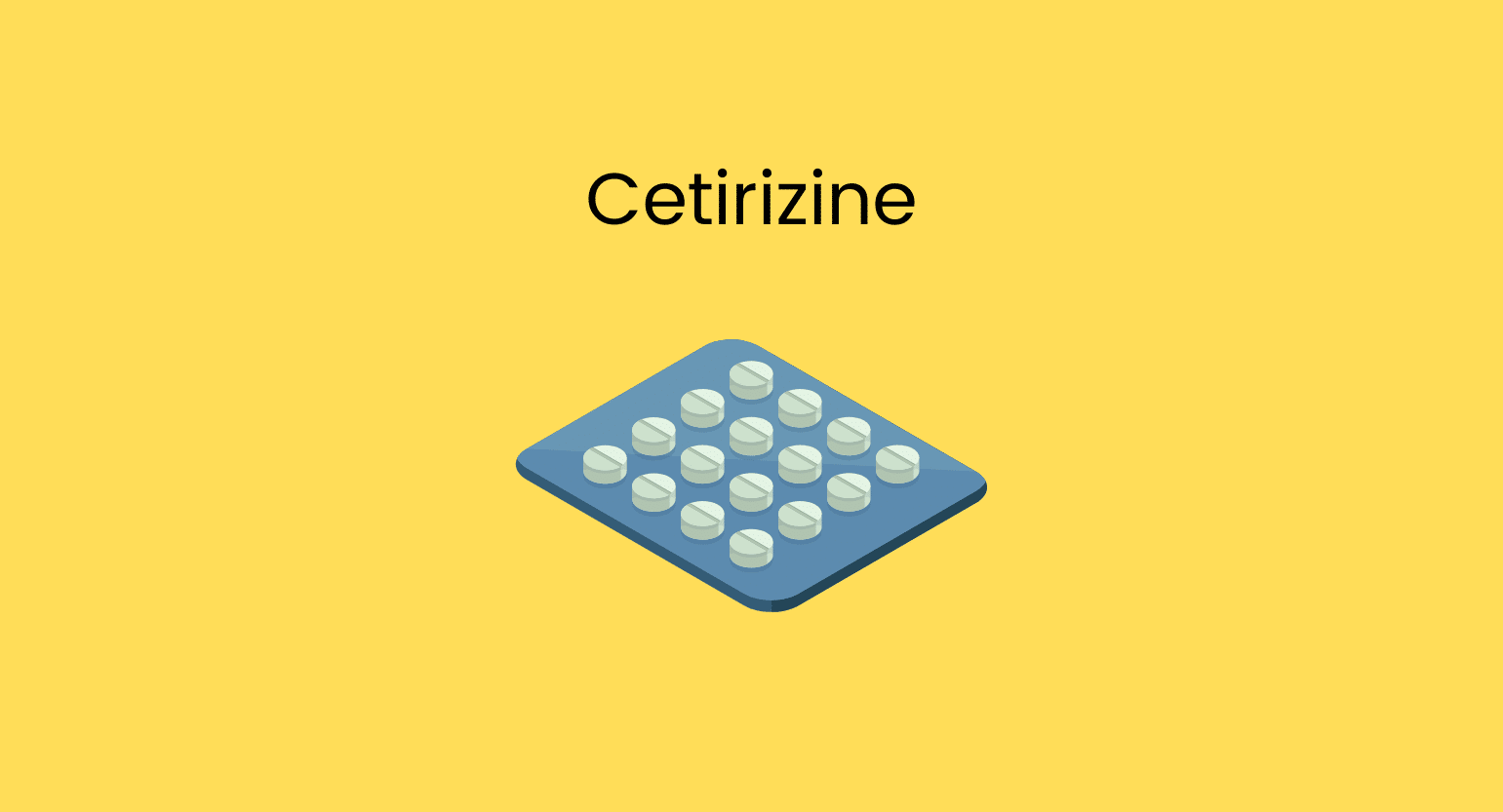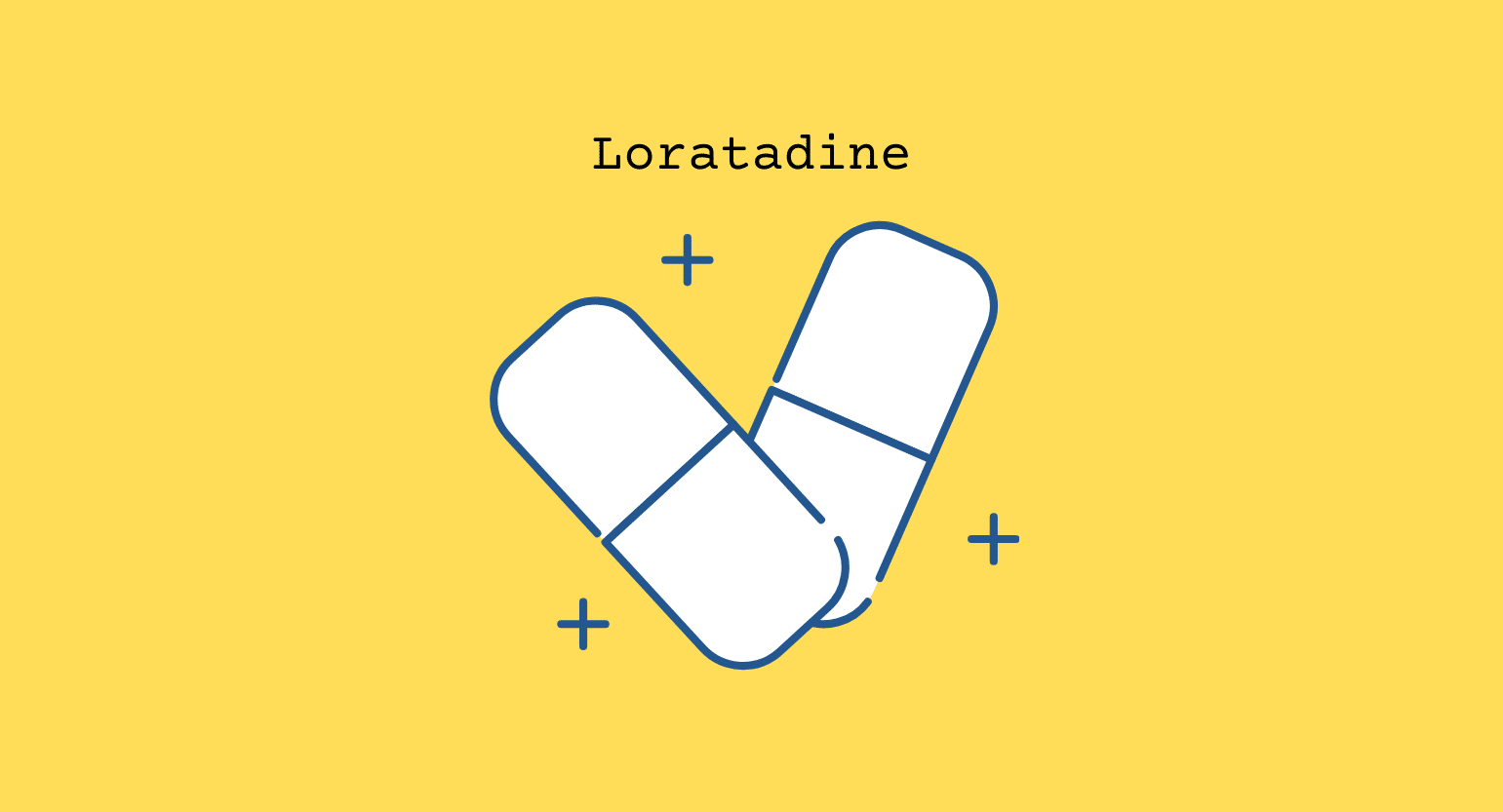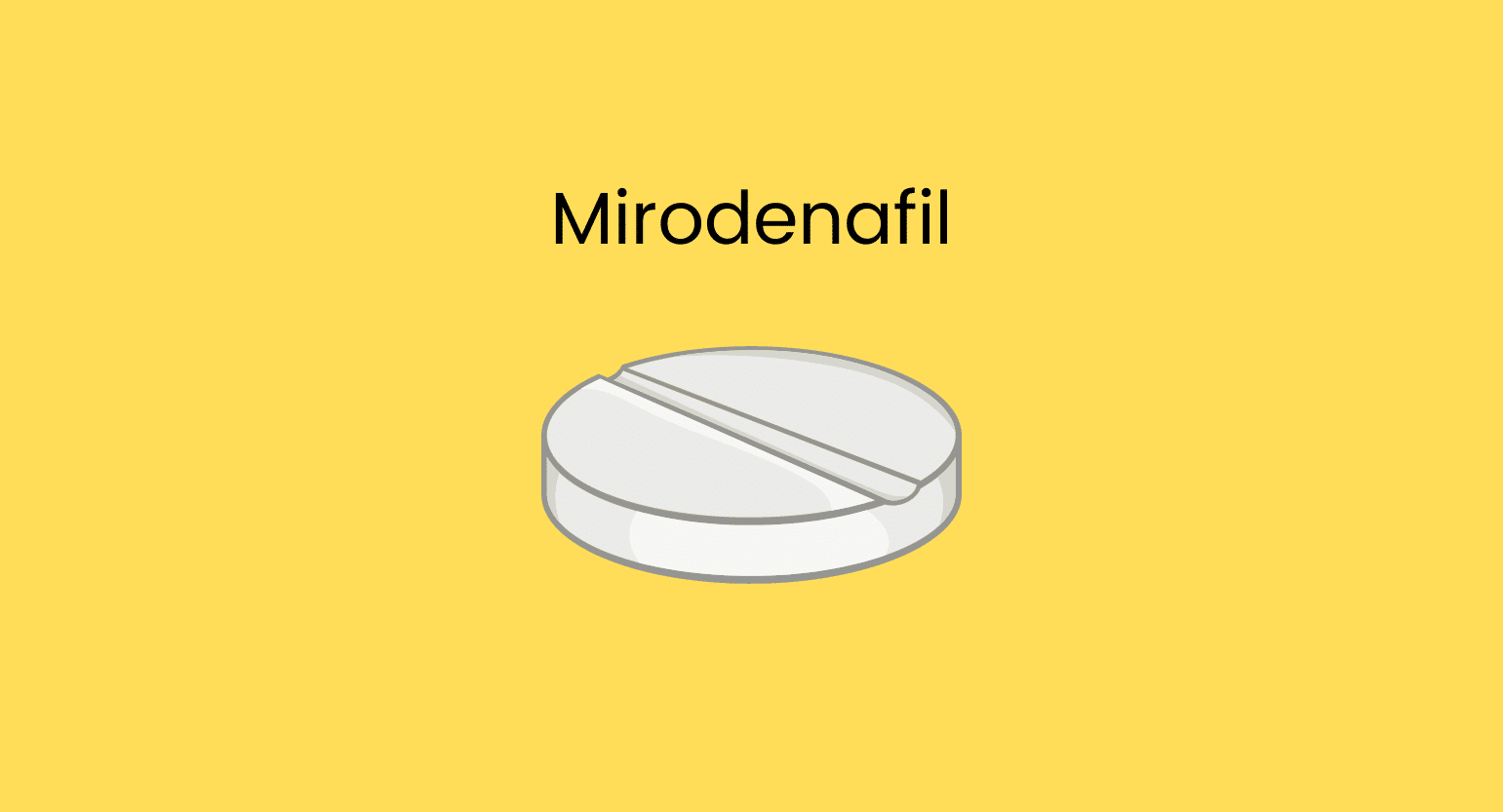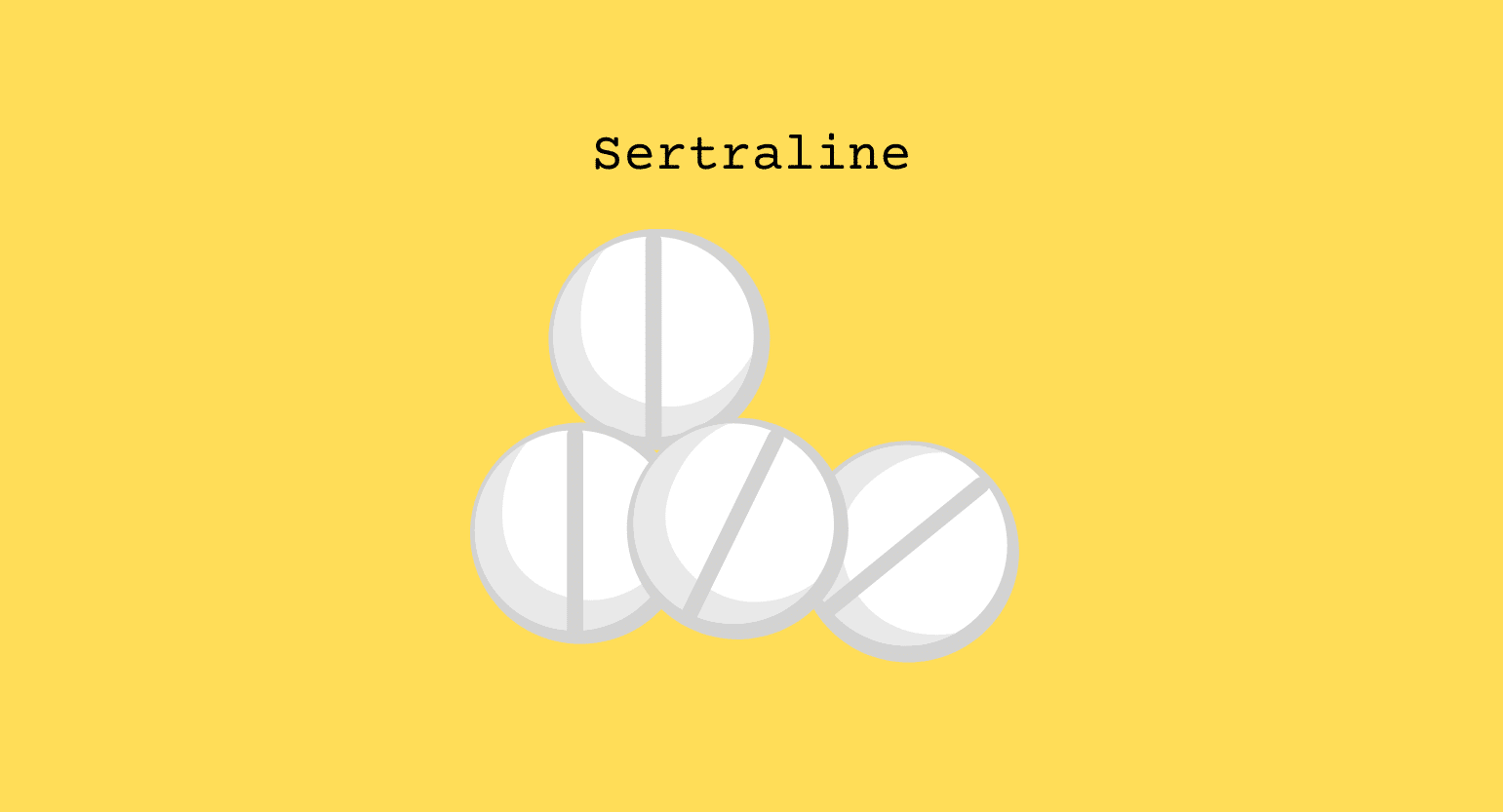Does Kratom Interact With Omeprazole (Prilosec)?
Kratom and omeprazole may interact indirectly with each other. Consult your doctor before combining them to avoid any risks.
A. Delayed Onset of Action (Slowed Entry of Kratom Into the Systemic Circulation)
Omeprazole can impair kratom’s absorption through the mucosa, increasing the time required for kratom to enter the systemic circulation and delaying the onset of action.
B. Delayed Elimination (Prolonged Duration of Action)
The active component of kratom acts like an opiate. If kratom is used along with omeprazole, kratom stays in the gastrointestinal tract for a long time. Further, it stimulates μ-opioid receptors in the tract lining and causes constipation.
Kratom & Omeprazole (Prilosec) Interactions
Kratom does not directly interact with omeprazole, but there are indirect effects. Other proton pump inhibitors can similarly interact with kratom. The following drugs are also proton pump inhibitors:
- Pantoprazole
- Esomeprazole
- Rabeprazole
- Lansoprazole

Is It Safe To Take Kratom With Omeprazole (Prilosec)?
Since there are no direct interactions, the risk of severe side effects is minimal. There may be a variable degree of constipation and reduced anxiolytic effect of kratom. But it’s still best to consult your doctor before you combine these two drugs.
What Is Omeprazole (Prilosec)?
Omeprazole is a proton pump inhibitor [2]. It inhibits H+/K+ ATPase receptors and blocks acid production in the stomach. Omeprazole helps treat any disease that involves gastric acid or its overproduction.
Omeprazole (Prilosec) Specs
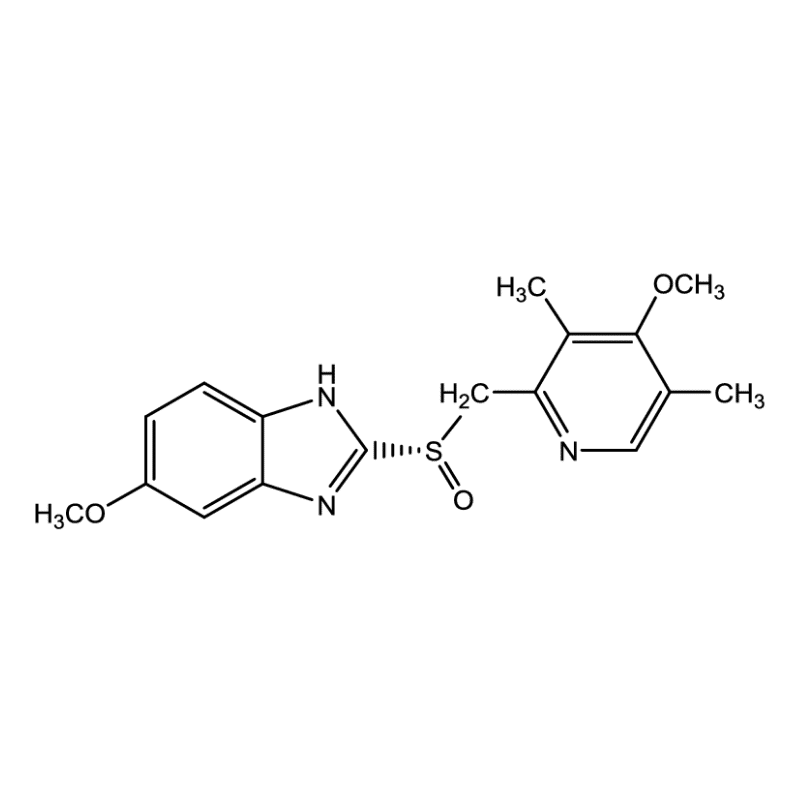
| Drug name | Omeprazole |
| Trade name | Losec, Prilosec, Zegerid |
| Classification | Proton Pump Inhibitor |
| CYP metabolism | CYP2C19 |
| Interaction with kratom | Indirect |
| Risk of interaction | Mild |
What Is Omeprazole (Prilosec) Used For?
Omeprazole has several clinical indications.
Prevents Aspiration Injury in Patients Undergoing Anesthesia
During general anesthesia, the protective laryngeal and pharyngeal reflexes are lost. Consequently, the acidic gastric content may enter the trachea and lungs, causing injury to the respiratory system.
Omeprazole helps prevent corrosion due to aspirated gastric content by reducing gastric acidity and protecting from aspiration injury.
Treats Esophagitis & Gastritis
Omeprazole reduces inflammation in the esophagus and stomach mucosa by reducing gastric juice’s acidity.
Manages Gastroesophageal Reflux Disease, Erosive or Non-Erosive
In this disease, acid refluxes back to the esophageal region. The refluxing acid destroys the lining of the esophagus. Omeprazole helps prevent this erosion.
Prevents Barrett’s Esophagus
Due to repeated exposure of esophageal mucosa to acid in gastroesophageal reflux disease, the esophageal mucosa becomes pre-cancerous, a condition known as Barrett’s esophagus.
To prevent repeated damaging effects, gastric acid needs to be made less acidic, and omeprazole can achieve this. Thus, omeprazole plays an important role in preventing Barrett’s esophagus.
Helps Eradicate Helicobacter Pylori
Omeprazole is an essential component of the therapy for the eradication of Helicobacter pylori. Helicobacter pylori cause refractory gastritis and cancer of the stomach.
Helps Prevent & Treatment Gastric Ulcers
The formation of ulcers is also dependent on the overproduction of acid or the damage to mucosal defenses. Therefore, omeprazole treats and prevents ulcers in and near the stomach.
Wards Off Stress Ulcers
Stress ulcers form in the gastrointestinal tract when the body goes through major stress, like trauma, burns, and sepsis.
When the body has to handle these significant stressors, blood flow to the gastrointestinal tract lining may be reduced, making it vulnerable to damage due to acidic gastric content. Omeprazole lessens the acidity of the gastric acid and thus, helps to ward off stress ulcers.
What Is the Appropriate Dose Of Omeprazole (Prilosec)?
The drug dose is 20 to 40 mg, taken once daily [3].
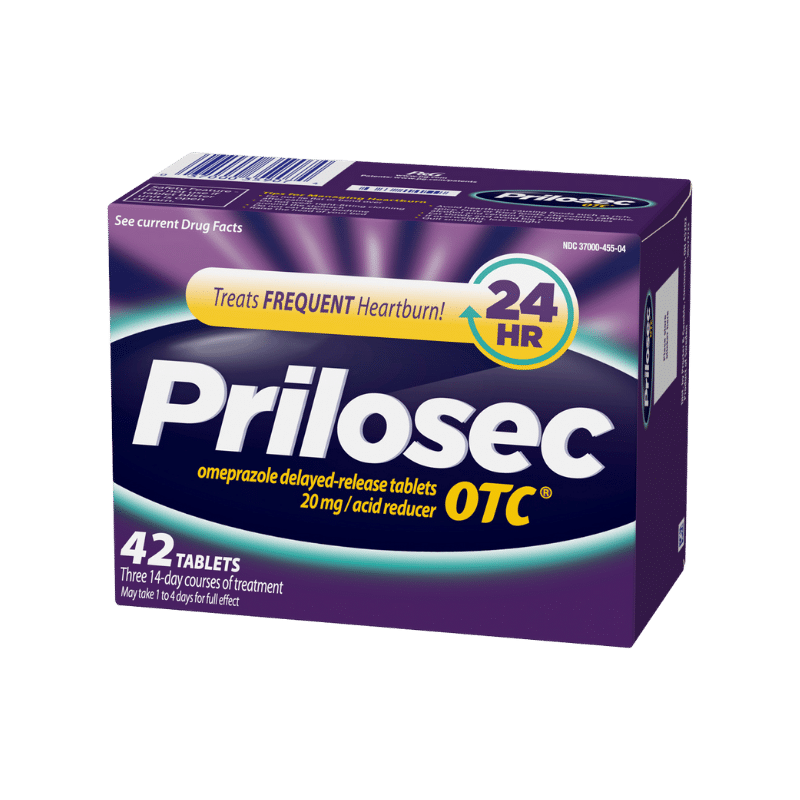
What Are the Side Effects of Omeprazole (Prilosec)?
Lethal side effects of the drug are uncommon.
Some common side effects of omeprazole are:
- Abdominal pain
- Back pain
- Constipation
- Cough
- Diarrhea
- Dizziness
- Fatigue
- Flatulence
- Headache
- Nausea
- Skin rash
- Upper respiratory tract infection
- Vomiting
What Is Kratom?
Kratom (Mitragyna speciosa) is a tropical evergreen tree belonging to the coffee family and native to Southeast Asia [4]. Kratom has been used in many cultures as a traditional medicine to relieve fatigue and combat pain.
Laborers of Southeast Asia have used kratom to refresh themselves after hard work and to help get them through long days.
The leaves of this plant contain alkaloids like mitragynine and 7-hydroxymitragynine, which act like an opioid [5]. The leaves are ground into a powder and commonly consumed as kratom tea or capsules.

What is Kratom Used For?
Kratom is unique in that there are many uses for it — and some seem contradictory. For example, it’s great for energy in lower doses but is extremely sedating in higher doses. It can help anxiety or provoke it.
Here are the most common reasons people use kratom.
What Is the Appropriate Dose of Kratom?
As we mentioned, the dose changes the effects. If you need energy, stick with smaller amounts. If you need intense pain relief or want to fall asleep, go with a larger dose.
You’ll have to play around with it a bit, especially since each strain has effects that vary. Start on the lower end of the suggested dosing, and work your way up if necessary.
- Low doses: 2-5 g
- Medium doses: 5-8 g
- High doses: 8-12 g
What Are the Side Effects of Kratom?
There’s a lot of fear surrounding kratom because of its opioid-like effects. However, it is not an opioid and is remarkably safer than them. Any real risk comes from using it irresponsibly, including mixing it with other substances (including alcohol), taking too much, and using it too often.
Some common side effects are associated with kratom use, but these are usually minor and go away as the kratom is digested. Cutting back on it and extending the time between doses can help eliminate these issues, plus keeps the risk of addiction low.
Here are some common side effects:
- Anxiety
- Constipation
- Dizziness
- Decreased or increased blood pressure
- Headaches
- Heart palpitations
- Liver damage (with long-term use)
- Nausea
- Sedation
- Vomiting

What Are the Different Types of Kratom?
Kratom is classified into four types, depending on the color of the leaf’s vein. Each can have different effects, so it’s essential to know a little about each group.
White Vein Kratom
White strains are produced by harvesting the leaves when they’re young. These are prized by those seeking a boost in focus and uplifting and energizing effects.
Red Vein Kratom
Red strains have potent pain-killing and sedative effects. These are harvested from mature kratom trees and have the highest amount of 7-hydroxymitragynine.
Green Vein Kratom
Green vein kratom is the middle road option between white and red. It has both stimulant and sedative effects, depending on the dose taken.
Yellow Vein Kratom
Yellow vein kratom comes from fermented green kratom. It is surprisingly long-lasting, provides mild pain relief for a long duration, heightens concentration, and promotes a better mood overall.

Key Takeaways
Kratom and omeprazole do not interact directly, but there may be some indirect effects, like altered bowel habits. Also, kratom’s effects may be compromised.
It is always good to consult a doctor before taking the drugs together.
- Shirai, N., Furuta, T., Moriyama, Y., Okochi, H., Kobayashi, K., Takashima, M., Xiao, F., Kosuge, K., Nakagawa, K., Hanai, H., Chiba, K., Ohashi, K., & Ishizaki, T. (2001). Effects of CYP2C19 genotypic differences in the metabolism of omeprazole and rabeprazole on intragastric pH. Alimentary Pharmacology & Therapeutics, 15(12), 1929–1937.
- Wallmark, B., Lorentzon, P., & Larsson, H. (1985). The mechanism of action of omeprazole–a survey of its inhibitory actions in vitro. Scandinavian Journal of Gastroenterology. Supplement, 108(S108), 37–51.
- Udd, M., Miettinen, P., Palmu, A., Heikkinen, M., Janatuinen, E., Pasanen, P., Tarvainen, R., Kairaluoma, M. v., Lohman, M., Mustonen, H., & Julkunen, R. (2009). Regular-dose versus High-dose Omeprazole in Peptic Ulcer Bleeding A Prospective Randomized Double-blind Study, 36(12), 1332–1338.
- Cinosi, E., Martinotti, G., Simonato, P., Singh, D., Demetrovics, Z., Roman-Urrestarazu, A., Bersani, F. S., Vicknasingam, B., Piazzon, G., Li, J. H., Yu, W. J., Kapitány-Fövény, M., Farkas, J., di Giannantonio, M., & Corazza, O. (2015). Following “the Roots” of Kratom (Mitragyna speciosa): The Evolution of an Enhancer from a Traditional Use to Increase Work and Productivity in Southeast Asia to a Recreational Psychoactive Drug in Western Countries. BioMed Research International, 2015.
- Yamamoto, L. T., Horie, S., Takayama, H., Aimi, N., Sakai, S. I., Yano, S., Shan, J., Pang, P. K. T., Ponglux, D., & Watanabe, K. (1999). Opioid receptor agonistic characteristics of mitragynine pseudoindoxyl in comparison with mitragynine derived from Thai medicinal plant Mitragyna speciosa. General Pharmacology: The Vascular System, 33(1), 73–81.

